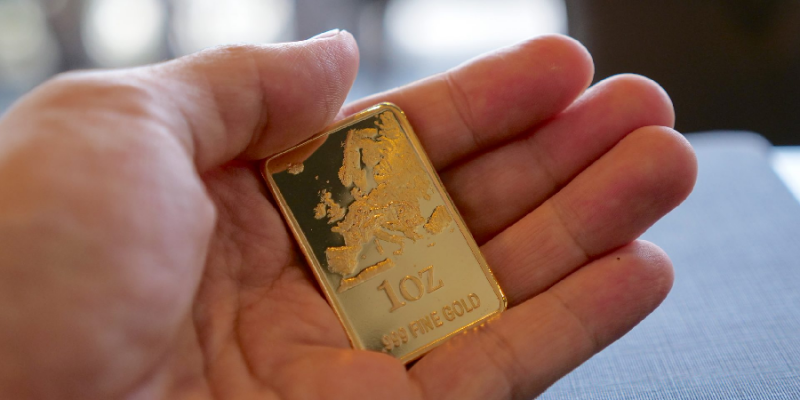A gold IRA is a self-directed individual retirement account (IRA) that allows you to invest in gold bullion. You cannot hold physical gold in a traditional IRA, but you can invest in a range of assets that include gold exposure, such as gold mining stocks or gold exchange-traded funds (ETF). Check for Gold IRA Company Reviews before you invest.
You can invest in alternative assets such as real estate, tangible precious metals, and cryptocurrencies by opening a self-directed IRA. When it comes to tax benefits (traditional or Roth), contribution limits, and withdrawal requirements, gold IRAs follow the same fundamental regulations as regular IRAs. Due to the more intricate assets held by self-directed gold IRAs, the IRS has enacted additional tax reporting and recordkeeping requirements. A gold IRA comes with a slew of extra custodian costs that you wouldn’t get with a regular IRA:
- Fees for establishing an account: To open your account, the custodian may impose an initial fee, which can range from $50 to several hundred dollars. Some custodians, on the other hand, do not charge a setup fee, especially if you deposit $30,000 or more.
- Annual maintenance cost for the custodian: An yearly maintenance fee is charged by the custodian to cover the administrative costs of maintaining your account and managing the paperwork. This might be a yearly fixed cost of $75 to $300. Some companies charge higher fees for larger accounts, such as $175 for accounts under $100,000 and $225 for accounts over $100,000.
- Fees charged by sellers: When you buy physical gold for your IRA, the vendor may charge a mark-up, which means you’ll pay more than the gold’s spot market price. This cost is determined by market conditions as well as the type of actual gold you wish to purchase. For handling the transaction, sellers may also charge commissions and fees: The typical transaction fee is $40.
- Storage costs: Gold held in a gold IRA must be kept in a safe place. The higher the storage charge, the more gold you own. For example, charges $100 for the first $100,000 of gold and $1 for each $1,000 after that. Others may charge a proportion of your account, such as 0.5 percent to 1% of your gold’s value.
- Insurance premiums: Custodians can combine gold insurance rates with storage fees to charge a single flat rate, or they can charge it separately. Storage and insurance should cost between $100 and $300 each year.
- Fees for wire transfers: The custodian may charge a fee to cover the cost of roughly $25 per wire if you send or receive money through wire transfer for your transactions.
- Fees for cashing out: If you close your account, the custodian may charge you a $250 final cash-out fee. If you’re a new customer, the custodian may be willing to waive some of these costs for the first two to three years, particularly if your account balance is higher. Even with larger accounts, though, you may be subject to additional fees.













Comments